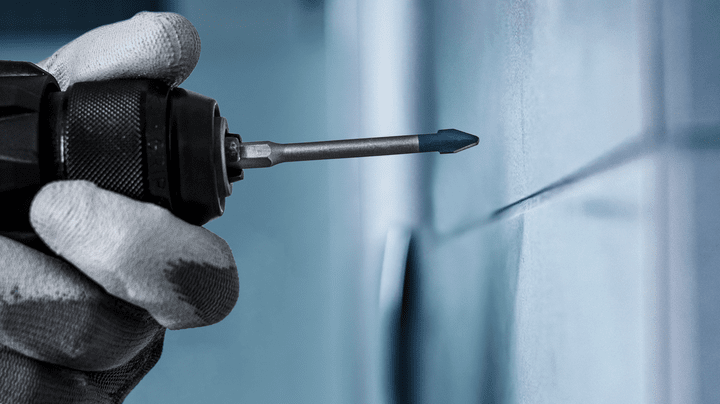
Image Source: Google
Drilling holes into ceramic materials has long been a challenging and time-consuming process in the manufacturing industry. The hardness and brittleness of ceramics make them difficult to work with using traditional drilling techniques. However, recent innovations in ceramic drilling technology are changing the game and unlocking the potential of these versatile materials like never before.
One of the most significant advancements in ceramic drilling is the development of diamond-coated drills. Diamond is one of the hardest substances on Earth, making it ideal for cutting through tough materials like ceramics. By coating drill bits with diamond particles, manufacturers can now achieve precise and clean cuts in ceramic materials with much greater efficiency and accuracy than ever before. This innovation has revolutionized the manufacturing process, allowing for faster production times and higher-quality finished products.
Another game-changing innovation in ceramic drilling is the use of ultrasonic technology. Ultrasonic drills utilize high-frequency vibrations to break through the tough surface of ceramics, creating clean and precise holes without the need for excessive force or pressure. This technology not only reduces the risk of damaging fragile ceramic materials but also allows for faster drilling speeds and increased productivity. As a result, manufacturers can now achieve intricate and detailed drilling patterns in ceramics that were previously thought to be unattainable.
Furthermore, advances in laser drilling technology have also had a significant impact on the ceramic manufacturing industry. Laser drills use concentrated beams of light to melt away ceramic material, creating precise and smooth holes without any physical contact. This non-contact method of drilling eliminates the risk of chipping or cracking in ceramics, resulting in a higher-quality finished product. Laser drilling is also highly customizable, allowing manufacturers to create holes of various shapes and sizes with unmatched precision and accuracy.
Aside from the drilling techniques themselves, innovations in drill bit design have also played a crucial role in unlocking the potential of ceramic materials. For example, specially designed spiral flute drill bits are now available that are specifically engineered for drilling into ceramics. These drill bits feature a unique flute design that helps to evacuate chips and debris more efficiently, reducing the risk of clogging and overheating during the drilling process. This not only improves drilling performance but also extends the lifespan of the drill bits, saving manufacturers time and money in the long run.
Another innovative design feature in ceramic drill bits is the use of coolant channels. These channels allow for the continuous flow of coolant during the drilling process, helping to dissipate heat and prevent overheating of the drill bit and the ceramic material. By keeping the temperature of the drill bit and the workpiece stable, manufacturers can achieve more consistent and accurate results, ultimately improving the overall quality of the finished product.
In addition to these advancements in drilling technology, innovations in automation and robotics have also revolutionized the ceramic manufacturing process. Automated drilling systems can now be programmed to perform complex drilling tasks with a level of precision and efficiency that far surpasses what can be achieved by manual labor. By incorporating robotics into the manufacturing process, manufacturers can increase production rates, reduce human error, and improve overall product quality.
Overall, the innovations in ceramic drilling technology that are revolutionizing manufacturing processes are changing the way we think about working with these versatile materials. From diamond-coated drills to ultrasonic and laser drilling techniques, the possibilities for creating intricate and precise holes in ceramics are now virtually limitless. With the continued advancement of drill bit design and automation technology, the potential for ceramics in the manufacturing industry is only just beginning to be unlocked.